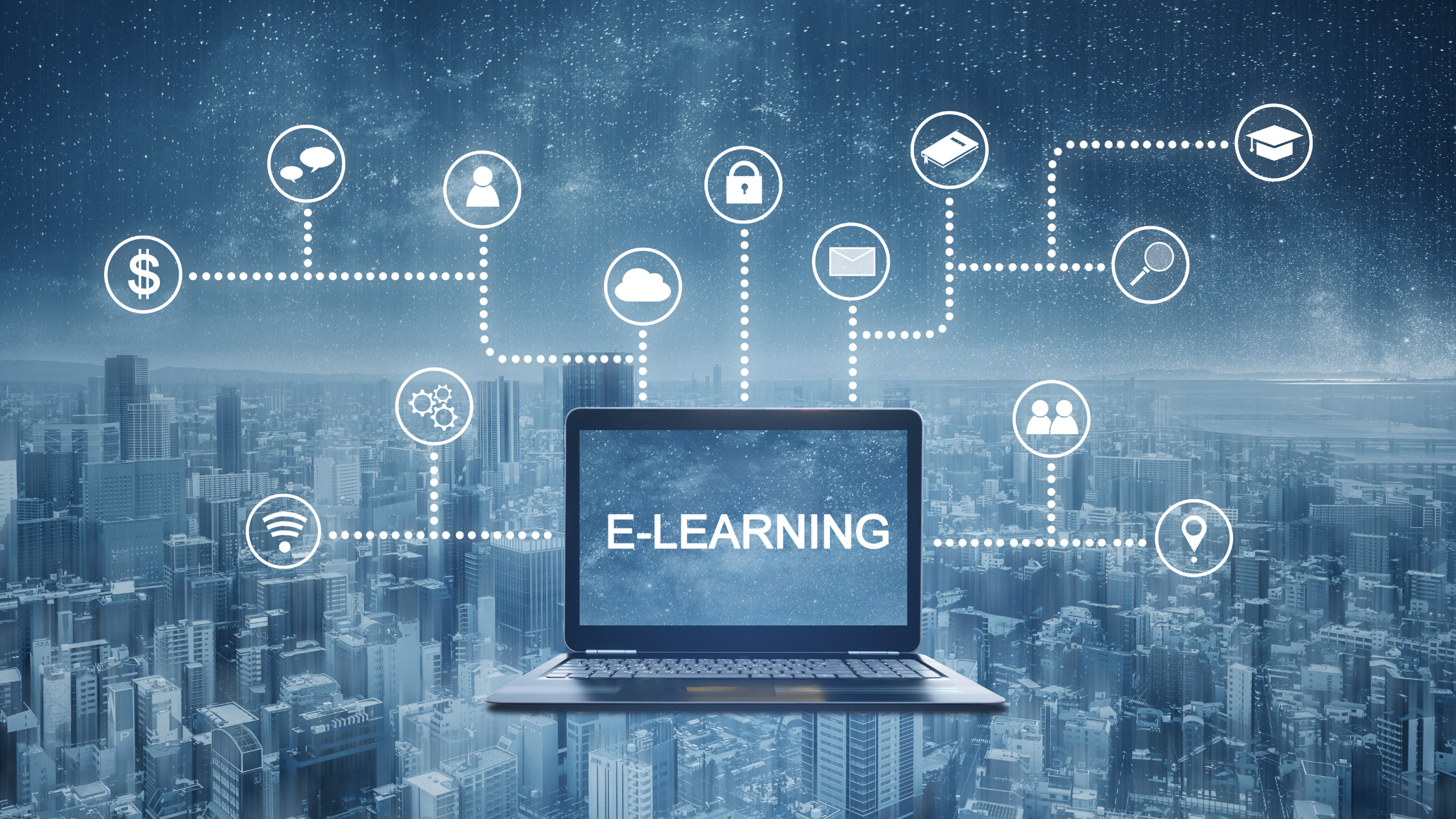Cloud computing is redefining how we do business. It’s also transforming education, offering new opportunities to learn and grow. This article explores the impact of the Cloud on K-12 learning, higher education, and corporate training.
Why now?
Historically, educational institutions have been slow to adopt new technologies. This can be attributed to several factors: a lack of budget, the need to maintain legacy infrastructure, and the time required to change processes and procedures. However, these obstacles are being removed by cloud computing.
Cloud in Higher Education
Learning is increasingly personalized. Once we were taught as part of a group, today’s technology enables adaptive learning. This means students can have their own unique learning experience at their own pace and in their own time. The Cloud makes this possible by bringing together all the elements needed for learning – teacher, student, and content – to create an educational ecosystem where everyone can learn and share knowledge.
Cloud enables education to be adaptive and flexible. It helps educators make learning more student-centric and personalized, allows them to discover new teaching methods, and enables learners to take full responsibility for their own learning.
How the Cloud is transforming K-12 Learning
Today’s K-12 students are digital natives who want to learn in a way that matches their lifestyle. They want to collaborate with other students and share ideas, use the Internet to get information, and access content anywhere and anytime. The Cloud is making this possible.
In addition, education institutions have to deal with shrinking budgets, so they are looking for innovative ways to deliver learning at a lower cost. It’s also why they’re taking a closer look at the Cloud as a means of sharing resources and providing more flexible learning options.
The benefits of the Cloud in Corporate Training
Cloud-based Learning Management Systems (LMS) are key tools for corporate training. They allow trainers to store their content and manage their courses from any device, anywhere. LMSs enable collaborative learning in real-time, making communication easier and more efficient between all parties.
When you bring artificial intelligence (AI) to the mix, you have an even more powerful set of capabilities. Using AI, you can automatically detect where your audience is disengaging with content or identify language barriers that may be impeding comprehension.
The Overall Impact of the Cloud in Education
More Connectivity
The Cloud provides greater connectivity for teachers and students. The Cloud allows students to log in from any computer with internet access, unlike in previous years when students had to use the computers at their schools or be at home to access their files.
Now, students and teachers have more flexibility to work on school assignments or projects and still have access to all of their materials. They can go home early due to illness, travel, or even a family emergency, which would otherwise have meant missing out on lessons and assignments. Still, now they can make up that work without skipping a beat.
Improved collaboration
One of the biggest impacts of cloud computing in education is improving collaboration among students and teachers alike. This has been attributed to cloud-based learning tools’ ability to connect students with each other and their teachers via real-time video conferencing, instant messaging, and virtual classrooms where they can share ideas and work together.
Improved storage for recorded content/learning materials
The education sector has benefitted tremendously from the Cloud. The Cloud has allowed students to access their learning resources in files, documents, and images from anywhere in the world.
This flexibility and freedom to study at a time and place that suit you, along with a much more diverse range of learning materials that can be accessed, have led to significant improvements in student performance across the board.
Easier access to equitable education
Education is not always available for every student around the world. However, through technology like cloud computing, it is now possible for students from all walks of life to have equal access to high-quality education programs. For example, if you wanted to complete a master’s degree but were unable to because of work or family commitments, or perhaps because you are located overseas, online courses are now available to everyone through platforms such as LinkedIn Learning.
Analytics for Better Student Performance
Educators now have access to data about student performance. Instead of guessing what each student needs, teachers, can pull up detailed analytics about how well each learner is doing in each subject area and use that information to tailor lessons accordingly.
In a nutshell
Cloud is transforming conventional learning models and helping teachers and educators improve engagement with their students, create personalized learning experiences, and enable everyone to develop digital skills for tomorrow’s jobs.
Want to learn more? Contact us here


